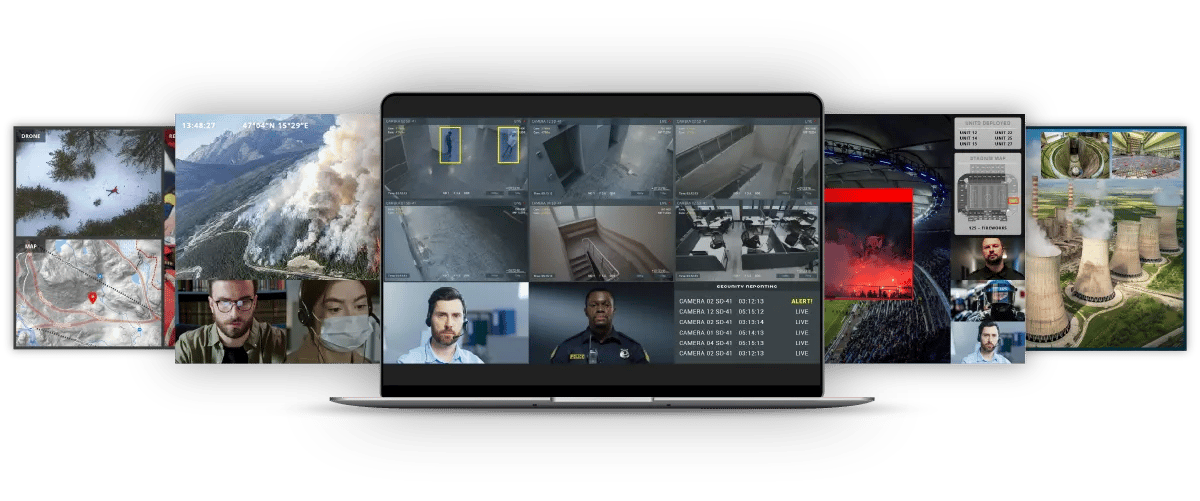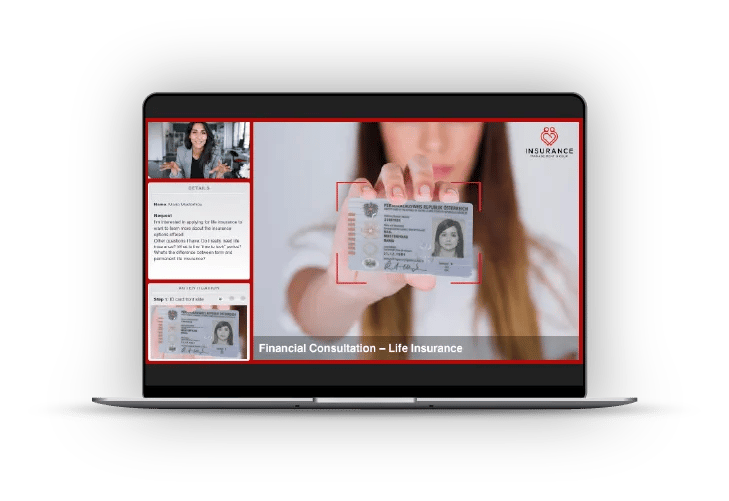Offering webinars for participants all over the world is exciting because of the boost in diversity you get. But low bandwidths solutions are key to make this happen.
EBUS Webinars was created by a group of early-career ocean scientists in 2018 to make the scientific knowledge exchange on eastern boundary upwelling systems (EBUS) more inclusive and sustainable.
We spoke with Sören Thomsen on behalf of the whole EBUS Webinars team, ocean and climate scientist at LOCEAN in Paris, who initiated the EBUS Webinars project. Sören coordinates all efforts, contributes by moderating sessions, and also organizes the streaming in his lab.
eyeson: Please tell us about EBUS Webinars.
EBUS: In EBUS, upwelling of nutrient-rich water to the sunlit surface results in high primary production and fish catch. Thus these regions are of huge socio-economical importance. EBUS Webinars aims to foster regular and effective exchange between the physical, biogeochemical, and biological scientific communities to better understand how climate change will impact EBUS.
eyeson: What challenges were you facing and what motivated you to solve them?
EBUS: We designed the EBUS Webinars project with scientists worldwide, including researchers who had never met in person. Being a global project, the tools we are using have to meet some criteria: low needs both in terms of hardware and bandwidth consumption. We needed a solution which connects easily to public available streaming services and tools. From an European perspective, the hunger for bandwidth of the most video meetings solutions might be negligible, but if you are working in an area with an expensive data plan or slow connection, every bit counts.
eyeson: Why did you choose eyeson?
EBUS: The easy to access approach is key. There is no need for any installation and no expensive hardware is necessary to join a meeting. Also, the data consumption is smaller than with other meeting solutions. And the servers are situated in Europe, which is great from a data security perspective. Last but not least the direct contact with the eyeson team is fantastic and we are happy that our suggestions are taken seriously. The streaming option just with one click is very useful; easy to use by any of our moderators who are rotating constantly.
eyeson: How do you use our product, and how do you find that process?
EBUS: We launched a series of webinars, bringing together researchers from Africa, South America, US, Europe and Asia to exchange knowledge about coastal ecosystems. Our moderators use eyeson with the participants joining via our Youtube-Channel - the 20 s buffer is key as it gives stability for the viewers. We then ask the labs to project the webinar in their meeting rooms to have a more social event.
eyeson: How have you benefited from using eyeson?
EBUS:With the low requirements, our webinars are joined by participants worldwide. Our virtual conferences offer the significant benefit of boosting diversity.
Another aim is to reduce fly-in conferences which are typically emit more than 1000 times more CO2 than virtual conferences (http://dx.doi.org/10.1038/s41550-020-1207-z). But as every tCO2 matters and virtual meetings increased a lot recently low bandwidth solution are key to further lowers our CO2-footprint. Just switching of the video is also helpful if it is not needed as a recent study from Perdue unversity shows. In general electricity usage and the associated carbon emissions scale with the amount of data being transferred. So we really want to question the rush towards higher and higher quality here, which eat up the efficiency gains of data centres.
eyeson: What have you learned from this project?
EBUS:A stable internet connection is one key to make webinars fun. Our participants always find a way - either by connecting with their expensive private data plans or by setting up a beamer for a class. Trying to lower entry barriers is one of the key elements for us. Virtual conferences are a boost of diversity because no one needs to travel, so we should keep the hardware and band-with barriers as low as possible.
eyeson: What would you say to other projects facing the same challenges as you did?
EBUS: Just do it. Involve people from around the globe in the design of the project from the beginning to ensure it is accessible for everyone.
eyeson: Thank you!
 EBUS Webinars
EBUS Webinars
Contact: Soeren Thomsen on behalf of the whole EBUS Webinars team
https://ebuswebinars.wixsite.com/ebuswebinars
Youtube: https://www.youtube.com/channel/UCniQjiwrXQaFvnJuDunKlcA



